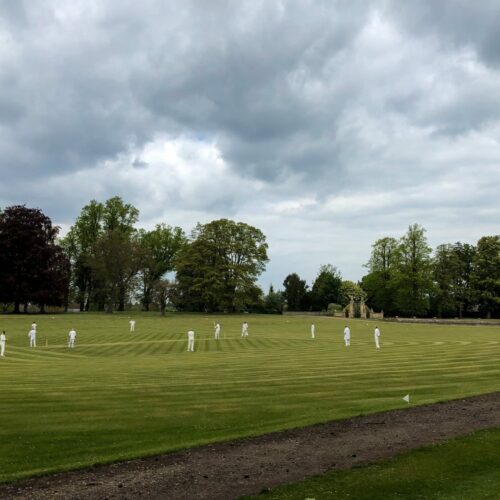Whilst watching a local cricket match I noticed how my fielding local team looked remarkably similar in structure to the local World Heritage site, Stonehenge, that I had driven past earlier in the day. Indeed, they were all standing rigidly still and quiet, in a circle, facing inwards and, like Stonehenge, they had many an individual gazing on from a far. I did wonder whether there were any further similarities between the two or anything my team could learn from Stonehenge.
The 5000 year old structure that is Stonehenge is swathed in history and has lasted the test of time (if we ignore the concrete and heavy lifting equipment used in the 1960’s to restore it and definitely something the tourists don’t need really know about!). It is one of the most famous landmarks in the UK and seems to be on the bucket list of most foreign tourists, looking at the car parking queue and the need to book tickets in advance.
However, unlike the static Stonehenge, my cricket team, did move from their henge-like positions, all with a common unified purpose. They proved to be agile in their organisation by changing their fielding shape to meet the needs of the game. Individuals displayed the ability to bat, bowl and field, proving that they all were multi- disciplined and in contrast to Stonehenge, not one dimensional. All the training in the nets for those anxious lower order batsmen clearly had paid off. Clear leadership from the rotating captains to direct the game whilst letting individuality shine brought about a winning combination and like Stonehenge had the adoring fans gazing on.
My cricket team may not be like Stonehenge in purpose but in the modern world where teams can’t wait 5000 years to be adored they can’t afford to be static and one dimensional either. Stonehenge may have survived the test of time but having visited the site once I feel I don’t need to go back again where as I will go and see another cricket match.
